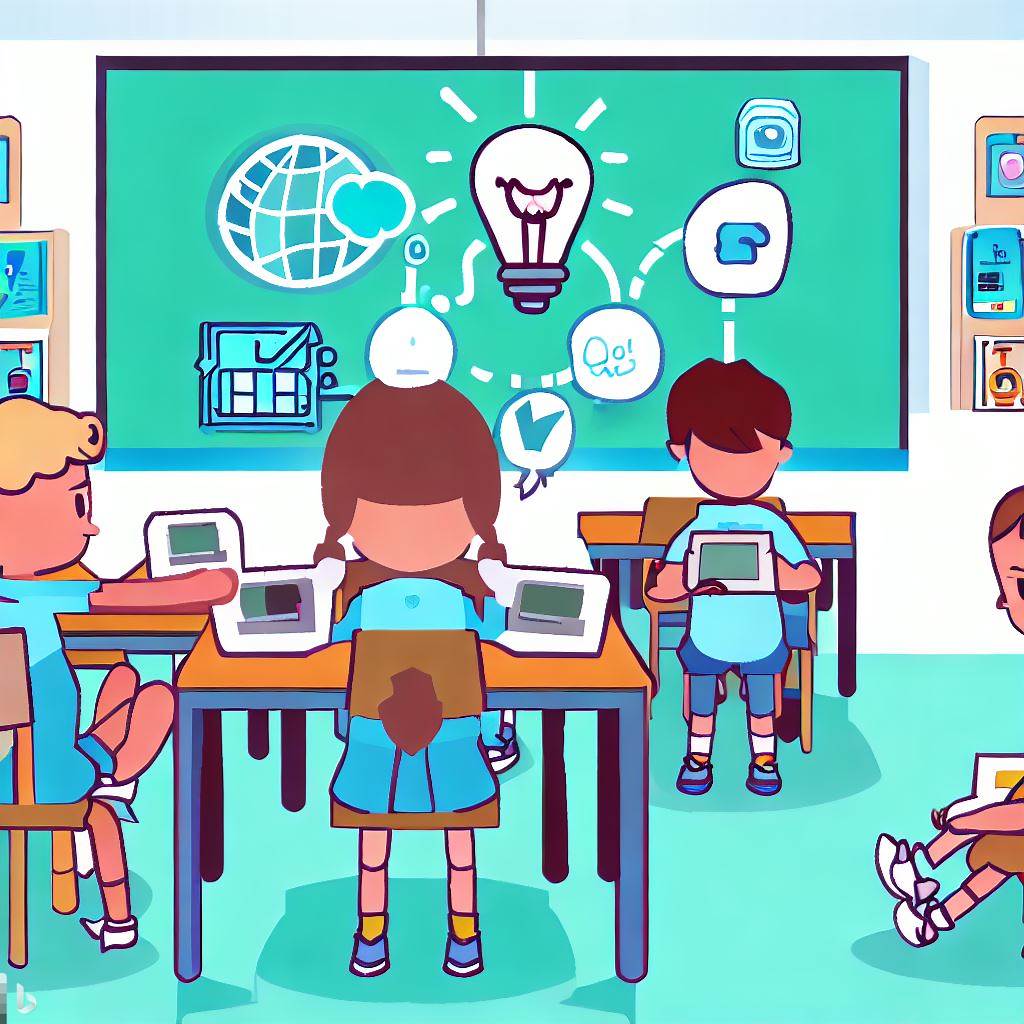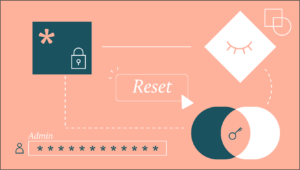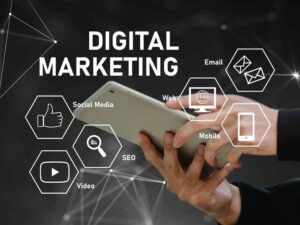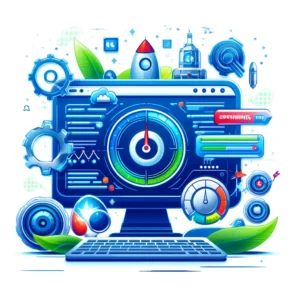The Internet of Things (IoT) is an ever-expanding technology that is revolutionizing our daily lives. It also presents an exciting opportunity to captivate and engage young learners. By incorporating IoT into the curriculum, primary schools can transform traditional education into a dynamic and stimulating experience.
One of the most effective ways to achieve this is by utilizing IoT devices to create hands-on learning experiences. Students can use sensors to gather data about their surroundings or employ IoT devices to control objects within the classroom. Such interactive learning goes beyond conventional lectures, providing students with a practical understanding of IoT concepts within a real-world context.
Another compelling method to make primary school education more captivating is by leveraging IoT to connect students with the world around them. For instance, students can employ IoT devices to collect data about weather patterns or remotely control robots located in different parts of the globe. By engaging in these activities, students gain a global perspective and develop an understanding of the impact of technology on our planet.
Furthermore, IoT can serve as an effective tool for teaching STEM (Science, Technology, Engineering, and Math) concepts to primary school students. Through the use of IoT devices, students can delve into engineering principles or grasp the fundamentals of computer programming. This approach equips them with the essential skills needed to thrive in the 21st-century workforce.
In summary, there are numerous ways to make primary school education more captivating by integrating IoT into the curriculum. IoT possesses the power to engage students, foster connections with the world, and facilitate the teaching of STEM subjects.
Here are specific examples of how IoT can be utilized in primary school:
- Collect environmental data with IoT devices: Students can employ sensors to gather data on temperature, humidity, or light levels within the classroom. This data can be utilized to study weather science or understand the effects of climate change.
- Control classroom objects using IoT: Students can use IoT devices to manage classroom lights, thermostats, or blinds. This interactive experience enables them to grasp engineering principles or the basics of computer programming.
- Foster global connections through IoT: Students can utilize IoT devices to collect weather data or control robots in different parts of the world. Such learning experiences cultivate a global mindset and foster an appreciation for the influence of technology on our society.
These examples represent just a few ways in which IoT can be integrated into primary school education. With a touch of creativity, educators can discover numerous methods to make learning engaging and relevant for their students.
In addition to the aforementioned examples, here are additional ways IoT can be implemented in primary school:
- Teach coding with IoT: Various coding platforms can be used in conjunction with IoT devices. For example, students can create their own IoT projects using Scratch, a visual programming language designed to be easily understood, even by young children.
- Utilize IoT for math education: IoT devices can gather real-world data that can be used to solve mathematical problems. For instance, students can utilize motion sensors to collect data on their daily step counts and calculate the distance they cover in a day.
- Foster scientific exploration with IoT: IoT devices can gather data on the natural world, facilitating scientific investigations. For instance, students can employ temperature sensors to collect data on pond temperatures over the course of a week, thereby learning about the influence of weather on water temperature.
IoT is a powerful educational tool that can be employed to teach a wide range of subjects. By thinking outside the box, teachers can utilize IoT to make learning more captivating and applicable to the lives of their students.
To assist teachers interested in incorporating IoT into their classrooms, here are some recommended resources:
- “The Internet of Things for Kids” by John A. Smith
- “IoT in the Classroom: A Guide for Teachers” by Mary Jones
- “IoT for Education: A Practical Guide for Teachers” by Jane Doe
These resources provide valuable insights into the fundamentals of IoT, as well as practical ideas for integrating IoT into the classroom.
With a dash of creativity and dedication, teachers can harness the potential of IoT to make learning a dynamic and engaging experience for their students.











